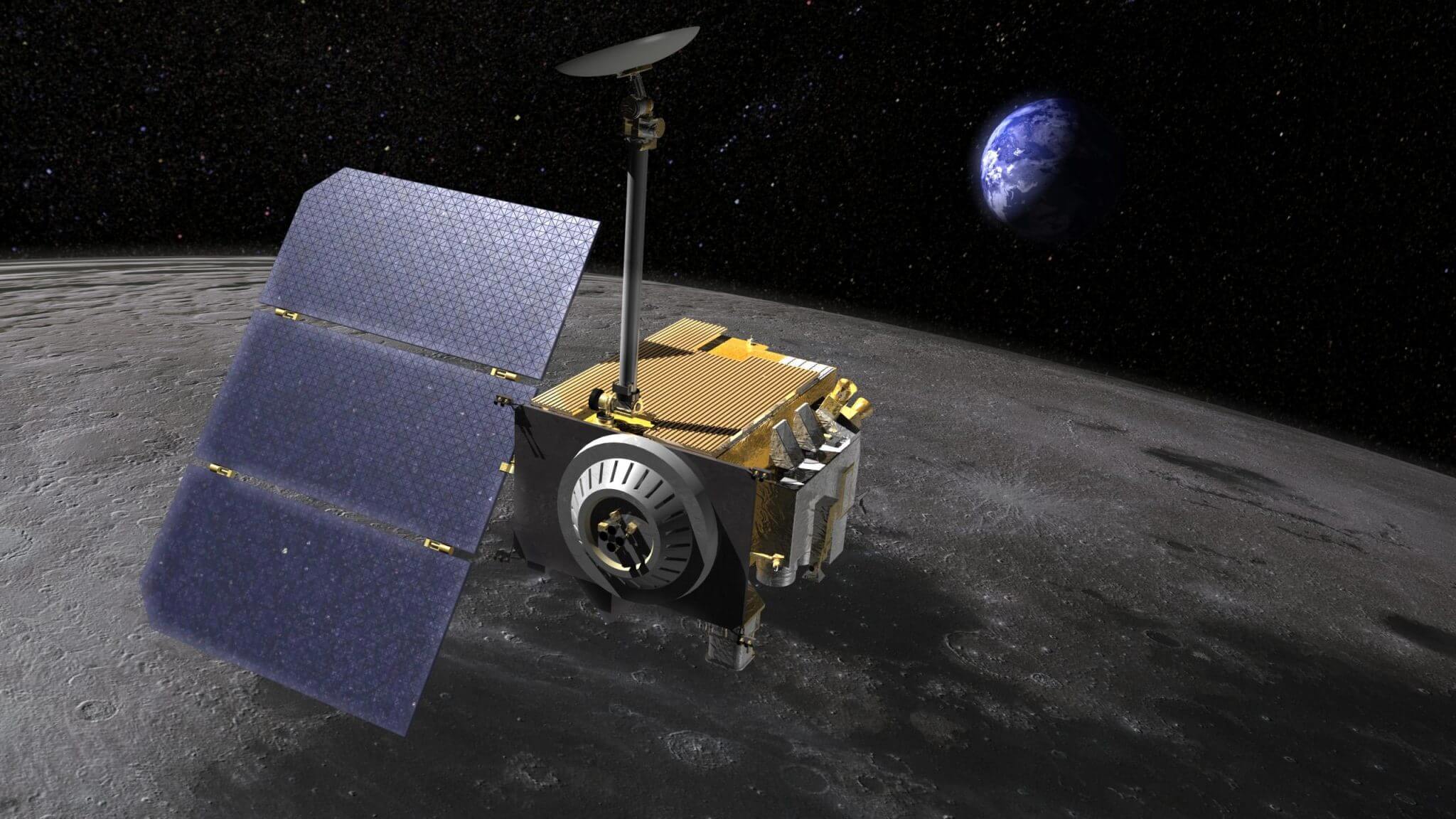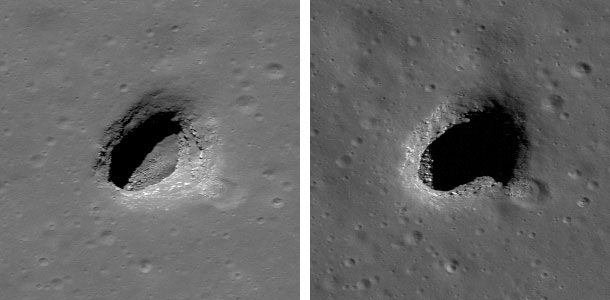"Some of the more than 200 pits leading to the tunnels are apparently collapsed lava tubes," said the lead researcher. in a study in the journal Geophysical Research Letters. According to him, a stable temperature of about 17 degrees Celsius will allow protection against the extreme changes between day and night. The caves will also provide partial protection from radiation

By Bill Steigerwald, NASA Goddard Space Flight Center July 27, 2022
Scientists have discovered shady places inside craters on the moon where the temperature is always comfortable and hovers around 17 degrees Celsius. The NASA-funded researchers used data from NASA's Lunar Reconnaissance Orbiter (LRO) and computer modeling.
The pits, and the caves they may lead to, will become thermally stable sites that will be used by astronauts on lunar exploration missions. Their comfortable temperatures are in stark contrast to regions on the Moon's surface, which heat up to about 127 degrees Celsius during the day and cool to minus 173 degrees Celsius at night. Lunar exploration remains part of NASA's overall goal to explore and understand the unknown in space, to inspire and benefit humanity.
Since craters were first discovered on the moon in 2009, scientists have wondered if they led to caves that could be explored or used as shelters. Besides the more stable temperatures, the pits or caves can also offer some protection from cosmic radiation, solar radiation and micrometeorites.
"About 16 of the more than 200 craters are likely collapsed lava tubes," said Tyler Horvat, a doctoral student in planetary sciences at the University of California, Los Angeles, who led the new study, recently published in the journal Geophysical Research Letters.

"Moon craters are a fascinating phenomenon," said LRO project scientist Noah Petro of NASA's Goddard Space Flight Center in Greenbelt, Maryland. "Knowing that they create a stable thermal environment helps us paint a picture of these unique lunar features and the possibility of exploring them one day."
Lava tubes, also found on Earth, are formed when molten lava flows beneath a field of solid lava or a crust formed above a river of lava, leaving a long, hollow tunnel. If the ceiling of a solid lava tube collapses, it opens a pit that can lead to a cave formed from the rest of the tube.
Two of the most prominent craters have visible pipes that clearly lead to caves or cavities, and there is strong evidence that the ceiling of another crater may also lead to a large cave.
"Humans evolved while living in caves, and to caves we may return when we live on the moon," said David Page, one of the authors of the article that leads the The Lunar Radiometer Experiment On board LRO that performed the temperature measurements used in the study.

Horvat processed data from Diviner - a thermal camera - to find out if the temperature inside the pits is different from that on the surface.
It focused on a 100-meter-deep cylindrical depression about the length and width of a football field in an area of the moon known as Mare Tranquillitatis, the famous Sea of Tranquility. Horvat and his colleagues used computer models to analyze the thermal properties of the rock and lunar dust and chart the pit's temperatures over time.
The findings showed that temperatures within the permanently shaded edges of the pit vary only slightly throughout the lunar day, remaining fairly stable at around 17 degrees Celsius. If a cave extends from the bottom of the pit, as images taken by LRO's Lunar Reconnaissance Camera suggest, it too would have a relatively comfortable temperature.
Variations in lighting reveal the structure of the fascinating lunar craters. The central panel, with the sun high above, gives scientists a great view of the crater floor of the Maurius Hills. Each panel is 300 meters wide, left M133207316LE, center M122584310LE, right M114328462RE. Credit: NASA/GSFC/Arizona State University
The team, which included the professor in Planetary Sciences at the University of California, Los Angeles (UCLA) David Page and Paul Hein from the University of Colorado at Boulder, believes that the shading is responsible for the stable temperature, which limits the heat during the day and prevents the heat from escaping at night.
A day on the Moon lasts about 15 Earth days, during which the surface is constantly bombarded with sunlight and is often hot enough to boil water. Brutally cold nights also last about 15 Earth days.
More of the topic in Hayadan:
- The 10 main scientific discoveries made during the exploration of the moon by Apollo
- Delivery service to the moon: Blue Origin offers to build a lander to deliver supplies to a manned base on the moon
- The Israelis who want to build a computing cloud on the moon
- The return to the moon will also be open to private entitiesBack to the moon - or to the ground of reality?

3 תגובות
People fall into shaft pits on the earth and hardly get them out.. Is there a lack of holes here on earth to live in? to the moon Have they already tried to build residential colonies under the oceans? And in general the human race is not some particularly impressive living species, a miserable, exploitative, greedy money-seeker. The legal systems on earth are designed to punish the poor and control humanity. Since the time of human trafficking, man has not been freed from the methods of exploitation and plundering, he has only included and disguised the method. It is better for the dolphins to rule the earth. The human race is not important to the universe. You could even say that it is a toxic byproduct and does not merge with the universe like cogs in the gears of the universe.
In one of the caves discovered on the moon, a life-size golden statue resembling Bibi but with pointed ears was discovered. It is not clear if this is a prank by one of the astronauts or proof of aliens who lived hundreds of thousands of years ago on the moon and were idolaters.
I hope we get to see a man on the moon again in our lifetime